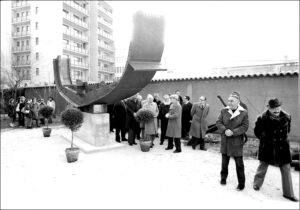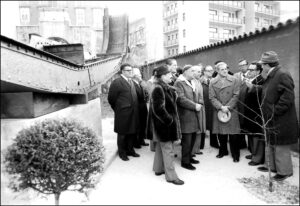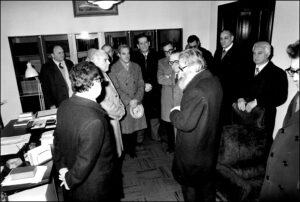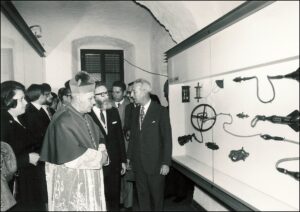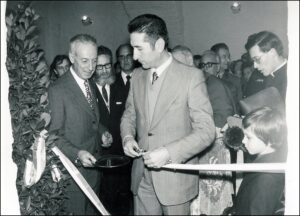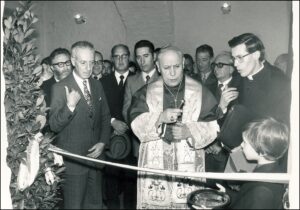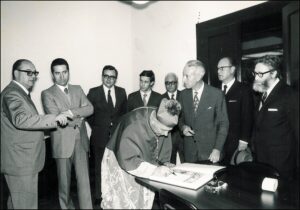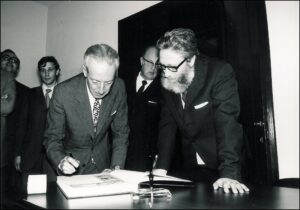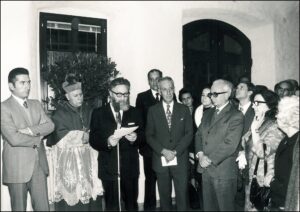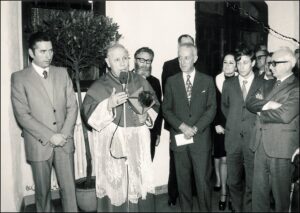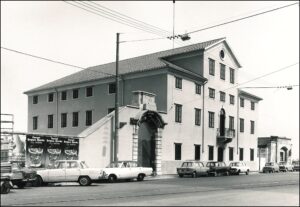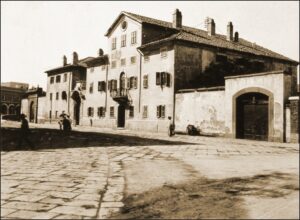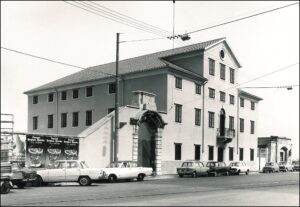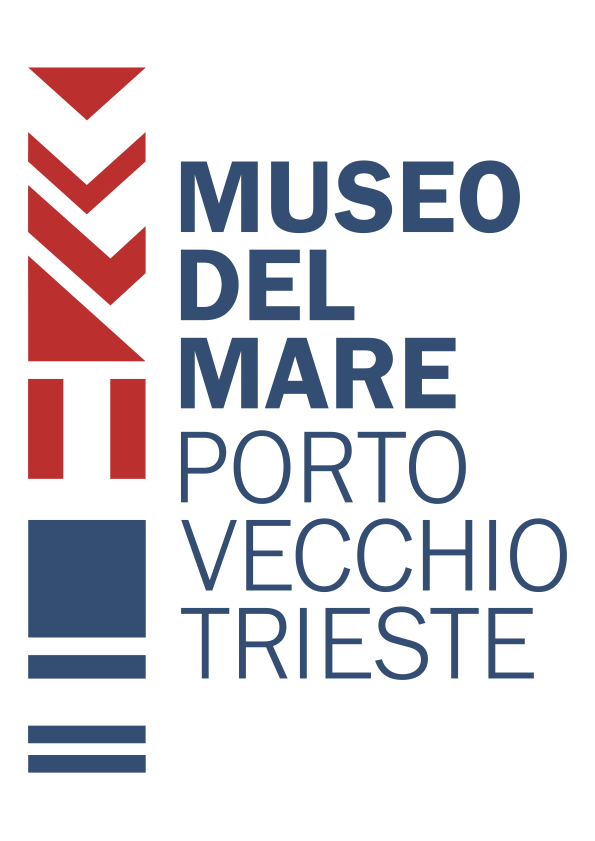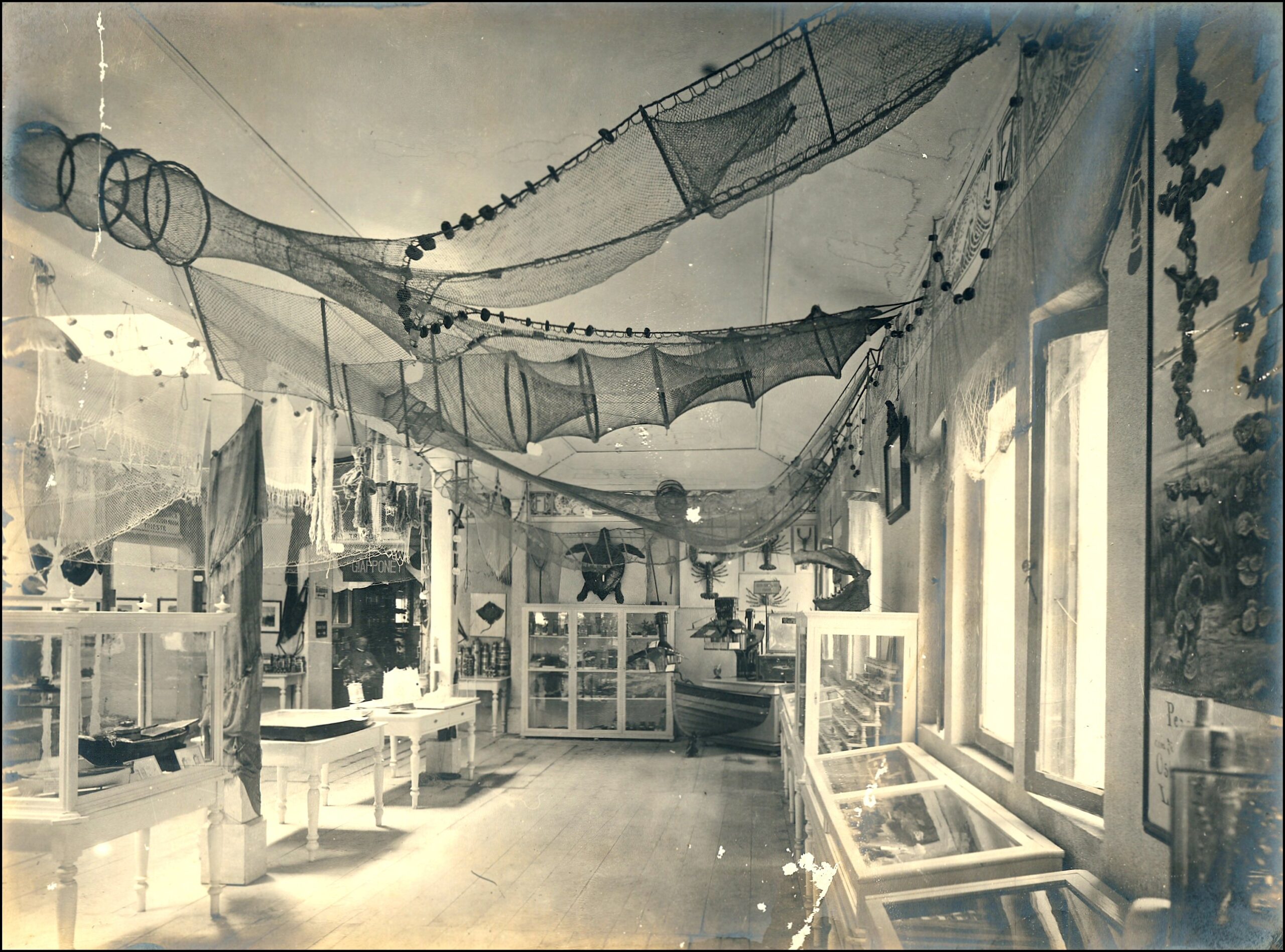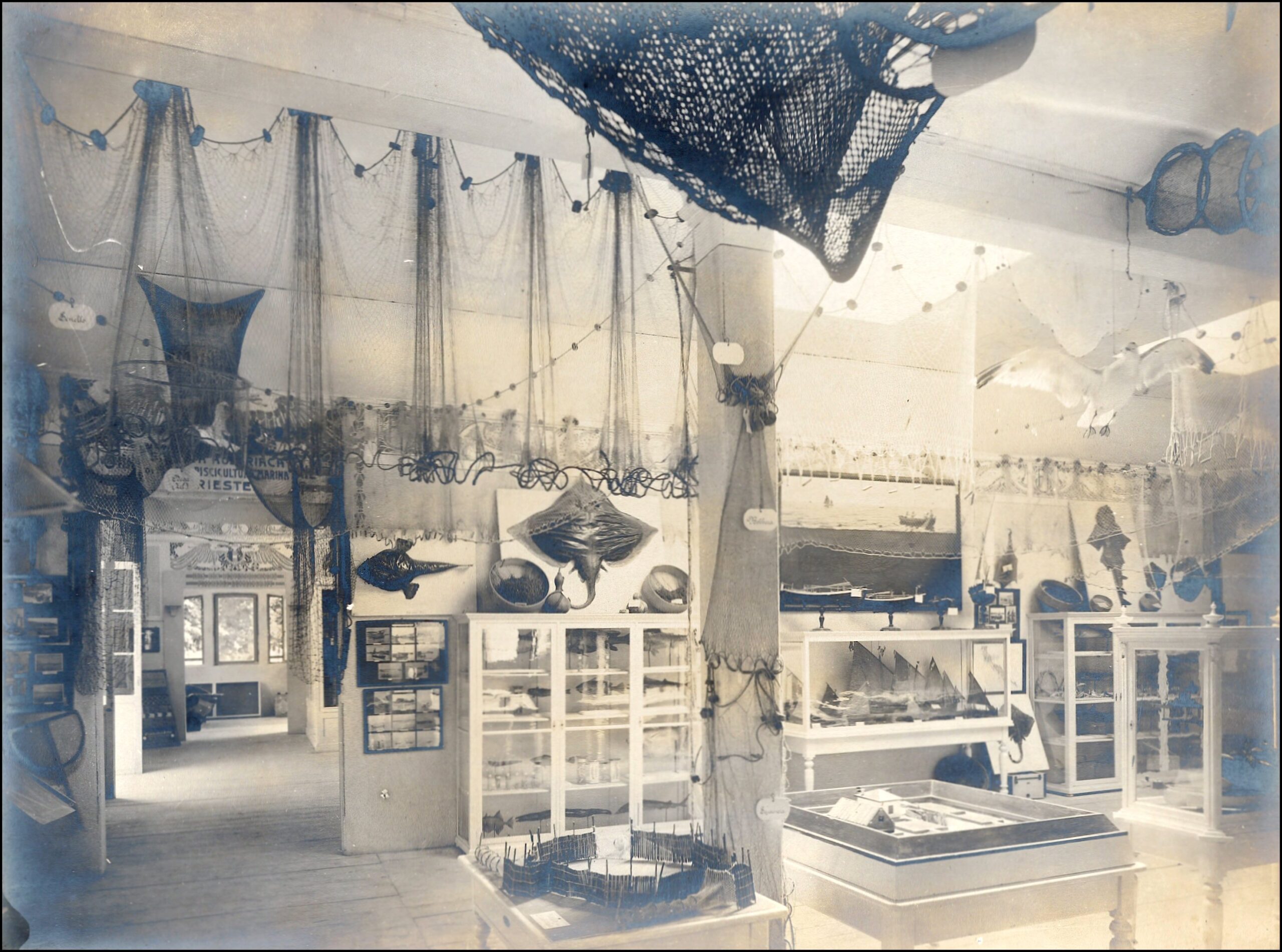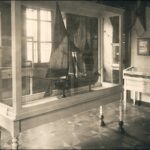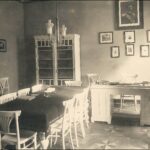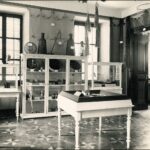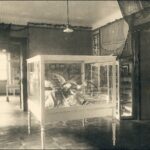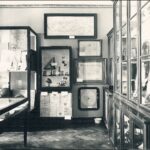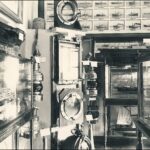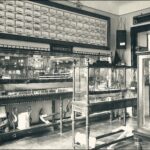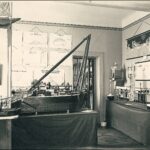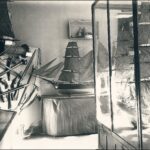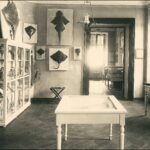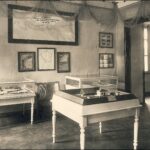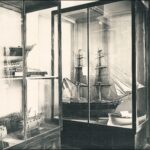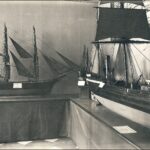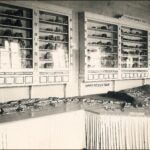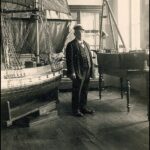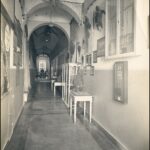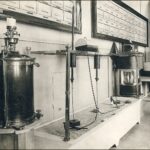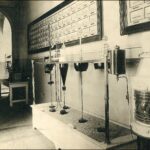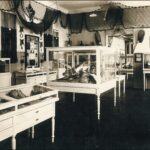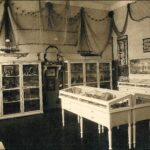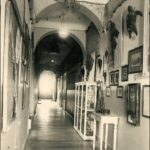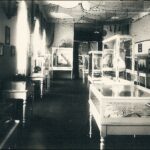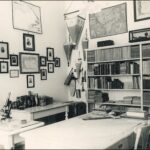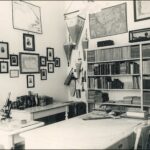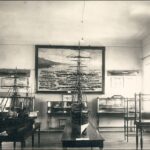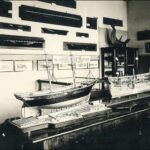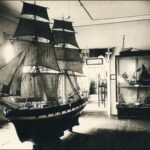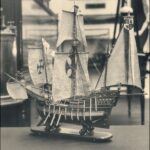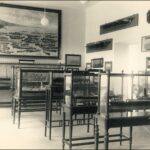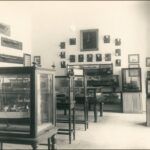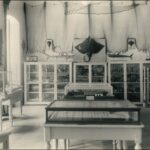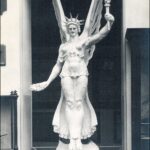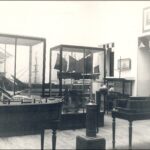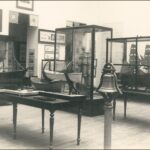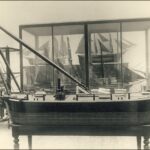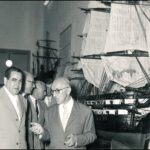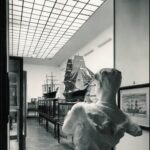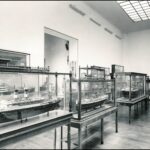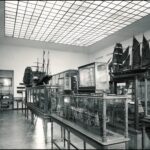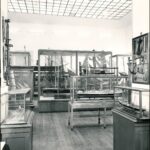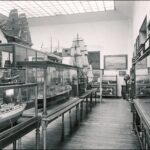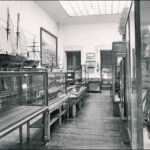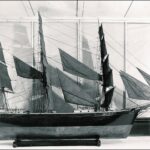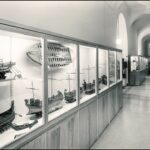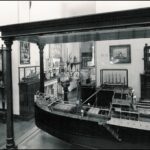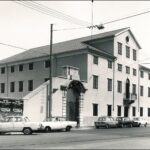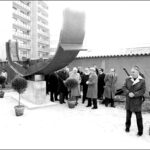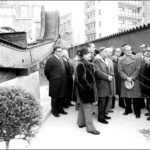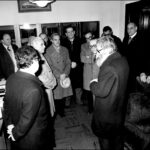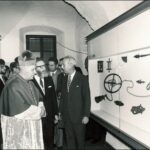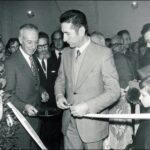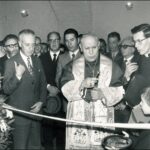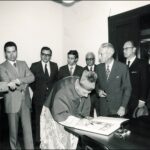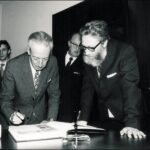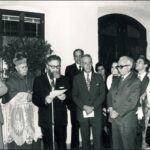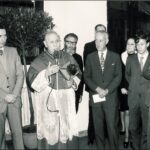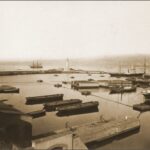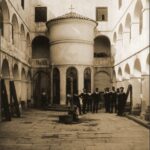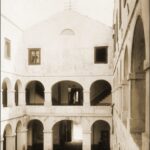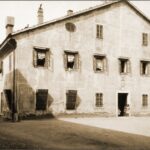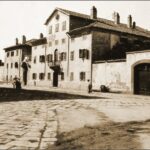The museum
The origins of the Trieste Sea Museum can be traced back to the Austrian Fisheries and Marine Fish Farming Society, founded in 1888 with the intention of promoting and increasing fishing on the eastern coasts of the Upper Adriatic by providing tools for study and education. To this end, in 1904 it established a Fisheries Museum with a biological laboratory attached. At this stage the collections basically included specimens of marine species, models of fishing boats, mussel farming systems, models and photographs of fishing valleys, charts and statistics on fishing in the Adriatic.
Soon it also began to be felt that there was a need to preserve materials and evidence relating to sailing, which had already been largely supplanted by steam navigation, so it was planned to first of all accommodate materials from the Technical Nautical Institute of Trieste, formerly known as the Nautical Academy: thus a “Permanent Maritime Exhibition” was established, under the patronage of the City Council, and was set up in some rooms located on the second floor of the building at 17 Sanità Street, now 17 Diaz Street, and joined by the Fisheries Museum. Of this new exposition that opened in 1910 a curator was elected and a Statute was established that stated, among other things:
“the Maritime Exposition has, in addition to the purpose of collecting, processing and exhibiting in general everything that directly and indirectly reflects the sea, the sciences and industries pertaining thereto, also the organization of lectures and conferences, the compilation of guides and publications, and propaganda directed to promote the study and dissemination of news relating to the sea.”
The collection would undergo further moves, in 1922 to the third floor of the Nautical Institute before finding new premises on the ground floor of the same building in 1932, in 1962 to Via San Giorgio, and in 1968, with the establishment of the Civic Museum of the Sea, to the building on Via Campo Marzio built in 1721 as Lazzaretto San Carlo and later becoming the Artillery Arsenal.
In 2023 the museum settled in the new location of Magazzino 26 in Porto Vecchio, part of a larger project to redevelop the port area. An exhibition solution that will find its completion in the coming years, once the architectural work on the south wing of the building is completed according to the project signed by the well-known architectural firm of Guillermo Vázquez Consuegra.
Fishing museum [1904-1910]
Via Sanità 17 [1910-1922]
Piano Nautico- Carli [1922-1932]
via Annunziata 7 [1932-1961]
1932 – 1945
1945 – 1957
via San Giorgio 3 [1962-1968]

San Giorgio facade
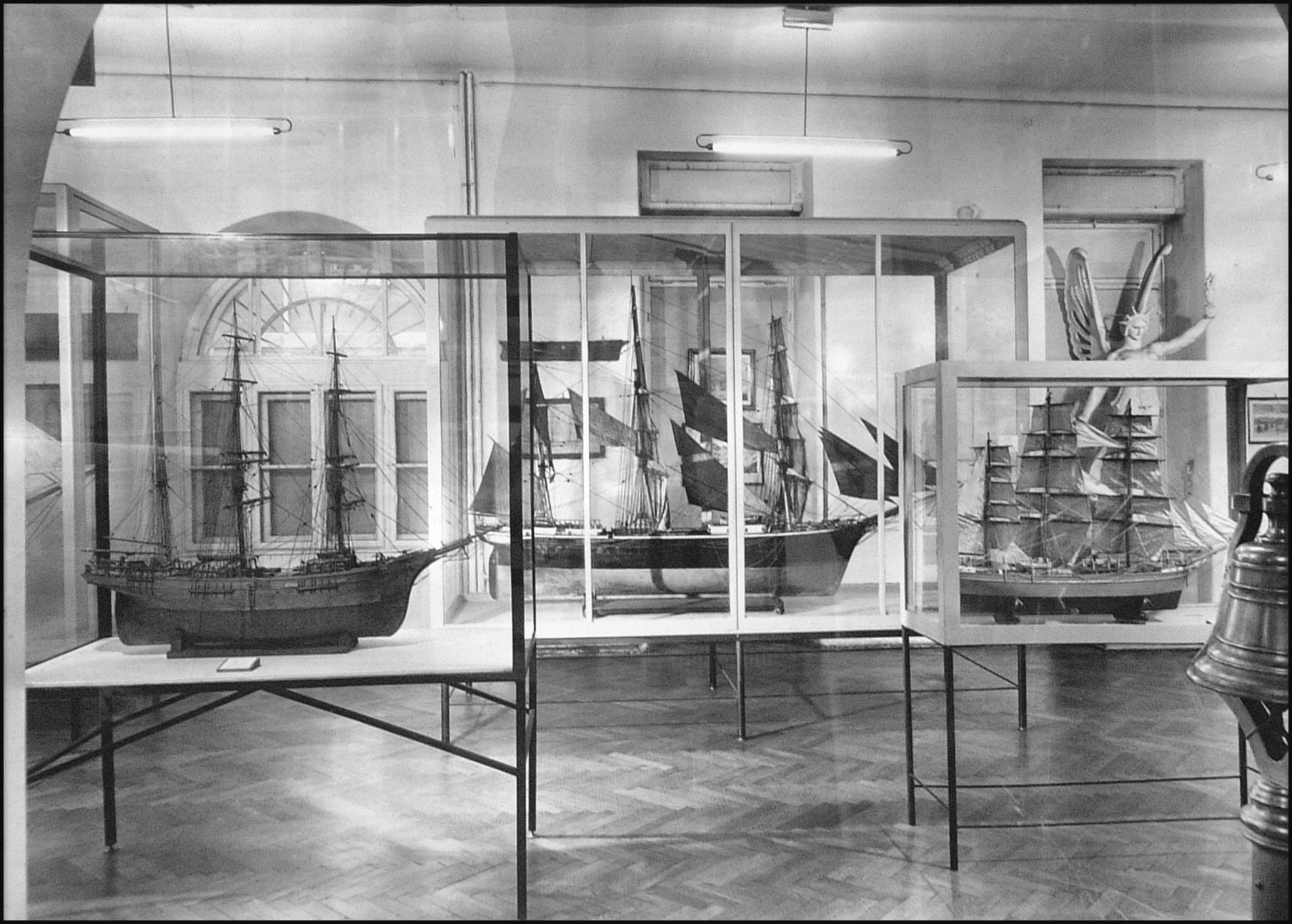
Side view

Longitudinal view
Via Campo Marzio [1968-2023]
Campo Marzio facade
Old Lazaret
